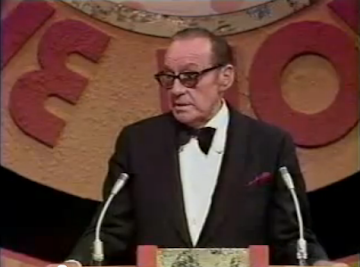In 1958, Joe Barbera co-wrote a cartoon where Yogi Bear rescues a cute little native Indian boy who has accidentally fallen into the fast-flowing waters of a river.
23 years earlier, the studio where Barbera worked released a cartoon where Molly Moo-Cow rescues a cute little native Indian boy who has accidentally fallen into the fast-flowing waters of a river.
Coincidence? Well, Barbera
did borrow from earlier cartoons when he came up with plots for his new made-for-TV animated shows.
It’s been a while since we heard from dear old Molly on the blog. For those of you unfamiliar with Molly Moo-Cow, she starred in four cartoons released within three months of each other by the Van Beuren studio in 1935-36. Then she disappeared, appearing decades later on tapes and DVDs of public domain cartoons. At the time of Molly’s creation, Van Beuren was being run by ex-Disney director Burt Gillett, who seems to have thought he could come up with a bovine Pluto. Molly emoted. Molly could twist and turn at various angles (any bets Carlo Vinci animated her dances?). She was painstakingly animated one drawing per frame of film. But she wasn’t charming or funny. She was just there. And that’s not good enough for entertainment.
The native boy rescue came in the appropriately named “Molly Moo-Cow and the Indians.” Here are some of Molly’s emotions as she watches the papoose being carried down the river.



Whoever the animator was—George and Dan Gordon, Jack Zander and maybe Alex Lovy were with Vinci at Van Beuren at the time—came up with this interesting expression, one of the oddest of the whole cartoon. Or perhaps it’s the work of an in-betweener.

But Molly dives onto land, not into the water. Are your slides splitting yet?

Molly’s body gets caught between two rocks in the river but, somehow, her heads keeps going and her mouth grabs the child off-camera and hauls him to safety.


Molly was gone soon after this picture was released. The Van Beuren studio wasn’t far behind.



















































